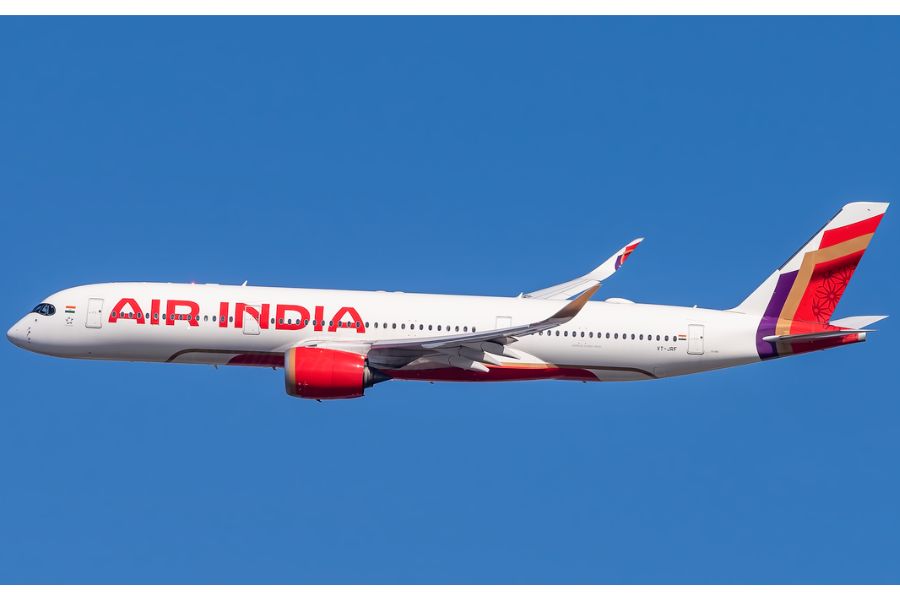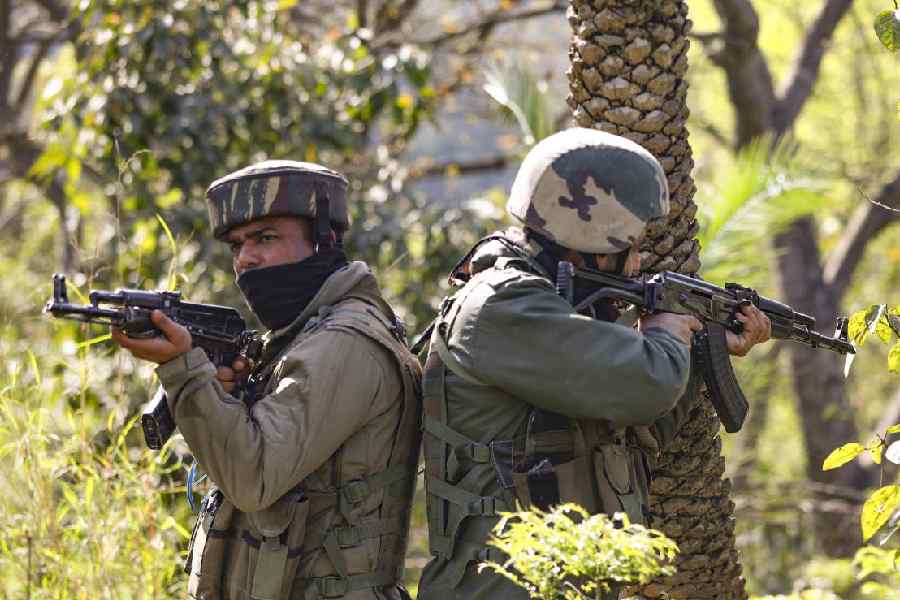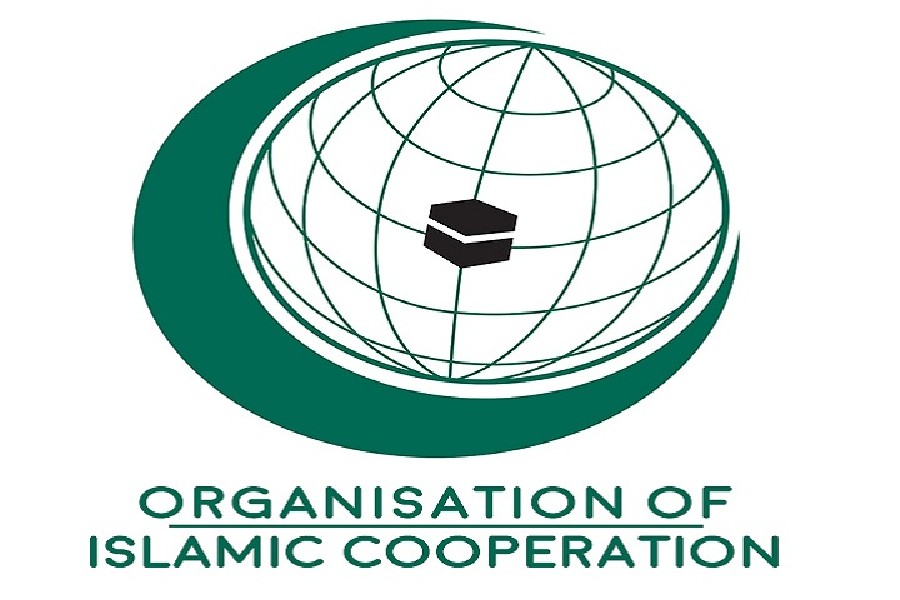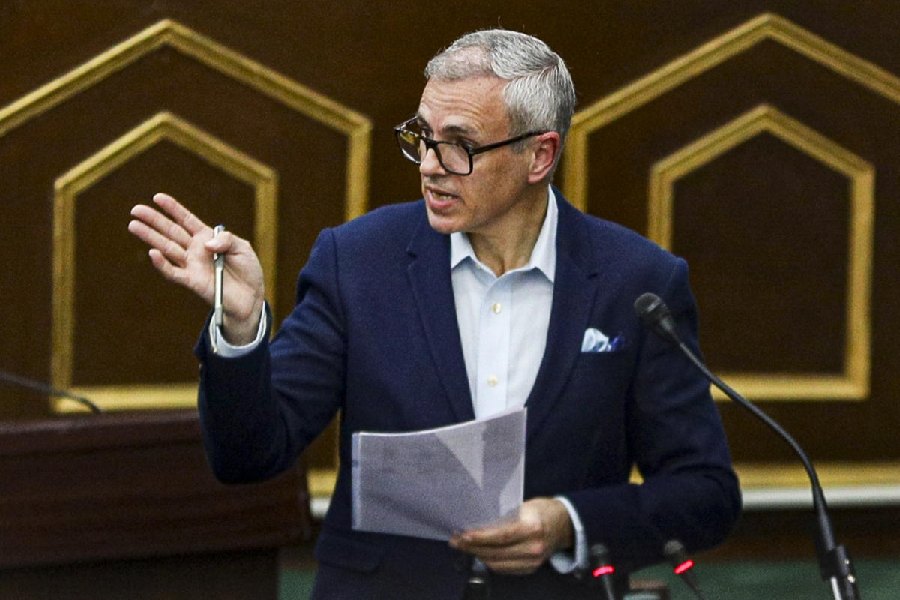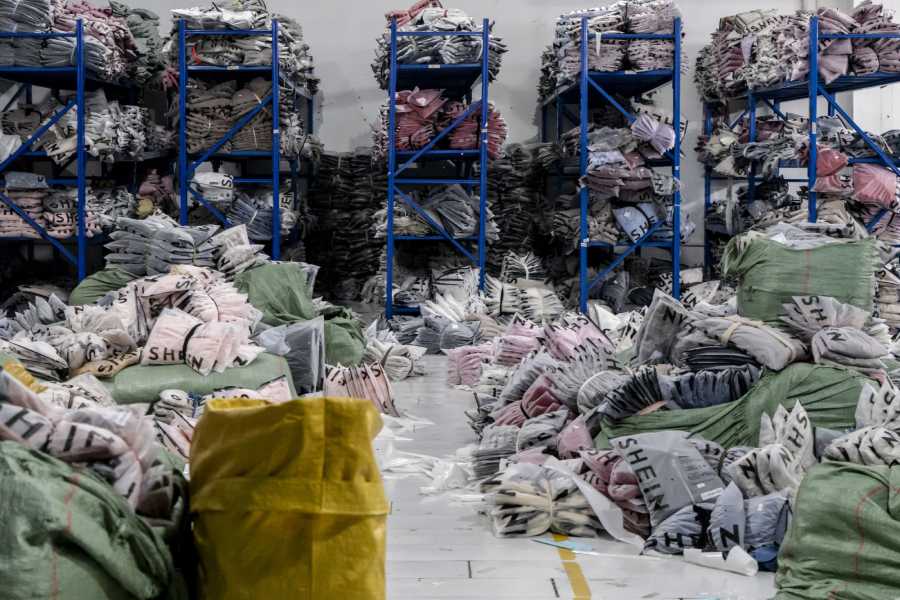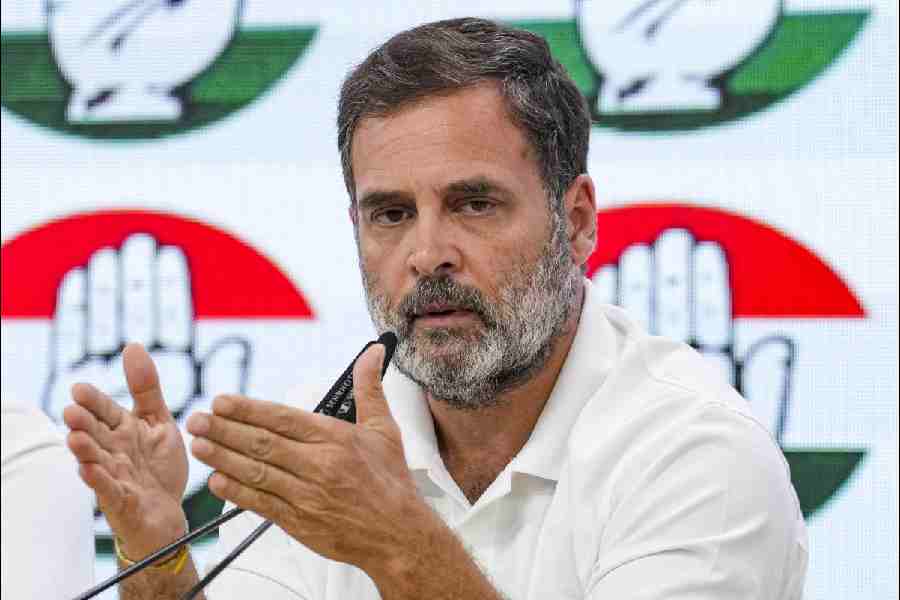July 29: If Narendra Modi cannot go to Biharis thanks to Nitish Kumar’s hurdles, let the Biharis come to Modi — this seemed the message from the Gujarat chief minister today.
At an event in Ahmedabad organised by migrant Biharis, Modi extolled the political, cultural and economic “links” between Bihar and Gujarat, apparently trying to project himself as a national leader appreciative of diversity.
Smarting under the repeated blows from Nitish to his efforts at positioning himself as the NDA’s prime ministerial candidate, Modi used the event to reach out to the larger community of Biharis outside their home state.
He did not mention Nitish but cited how Bihari and Gujarati leaders had historically played kingmaker for each other.
Had Gujarat’s Vallabhbhai Patel not been around, Bihar’s Rajendra Prasad would not have become India’s first President, he suggested. Nor would Gujarat’s Morarji Desai have been Prime Minister but for the support of Bihar’s Jayaprakash Narayan.
“There are countless such examples,” PTI quoted Modi as saying at the Bihar Shatabdi Mahotsav, a celebration of 100 years of Bihar’s statehood by a body representing Bihari families settled in Ahmedabad.
From the Buddha and Mahavir to Mahatma Gandhi, Modi reeled off a list of icons with links to Bihar and Gujarat.
Bihar was where Gandhi began his movement for swaraj, Modi said, while JP came over from Bihar to lead the Nav Nirman movement in Gujarat. The chief minister, however, did not mention that he and Nitish were part of JP’s Chhatra Yuva Sangharsh Vahini, the youth vanguard of his protests against the Emergency.
Lauding the Bihari trait to “display their talent wherever they go”, Modi claimed that Surat had surpassed Calcutta’s position as a magnet for migrants from Bihar.
“Surat has broken Calcutta’s record,” he told an audience celebrating Bihar’s 1912 separation from the Bengal Presidency to become an independent state.
In a lighter vein, Modi said the Bihari surname Jha (“jaa” can mean “go”) should now be changed to Aa (come).
The underlying message seemed to be that here was a potential Prime Minister telling Biharis they were not just welcome to his state but enjoyed equal rights and dignity — unlike party ally Shiv Sena which has been campaigning against Bihari migrants in neighbouring Maharashtra.
Modi said that though Mahavira was born in Bihar, his deepest influence is found in Gujarat. He said his government was planning to build a large statue of the Buddha who, he said, had as much influence over Gujarat as over Bihar.
Scholars may object that Gujarat has been influenced far more by Hinduism, Islam and Jainism but the Modi government has in the recent past used archaeological discoveries to claim a place for the state in Buddhism’s annals.
Modi’s discovery of Buddhism had coincided with the interest shown by Japan in business opportunities in the state during the 2009 Vibrant Gujarat show.
In January 2011, when Modi attended an international seminar in Vadodara on Buddhism’s heritage along with the Dalai Lama, he announced he would develop a Buddhist tourism circuit in Gujarat.
The chief minister drew more parallels — Bihar’s Chanakya and Gujarat’s Sardar Patel had both been key to the creation of an integral India in different historical periods. Bihar’s Nalanda and Gujarat’s Vallabhi Vidyapith university were both excellent centres of learning.
Modi joked about Biharis’ pervasive “influence” on television, saying “80 per cent of the crew (of news channels)” came from the state.
Given his deftness in using the electronic media for publicity and image-building, the intent behind the remark was perhaps more serious than its tenor.





